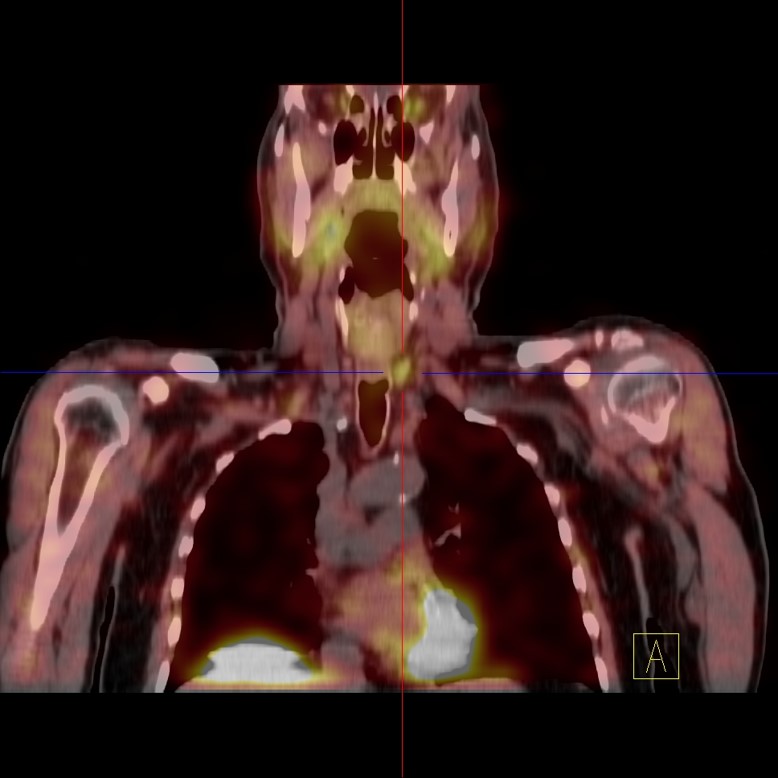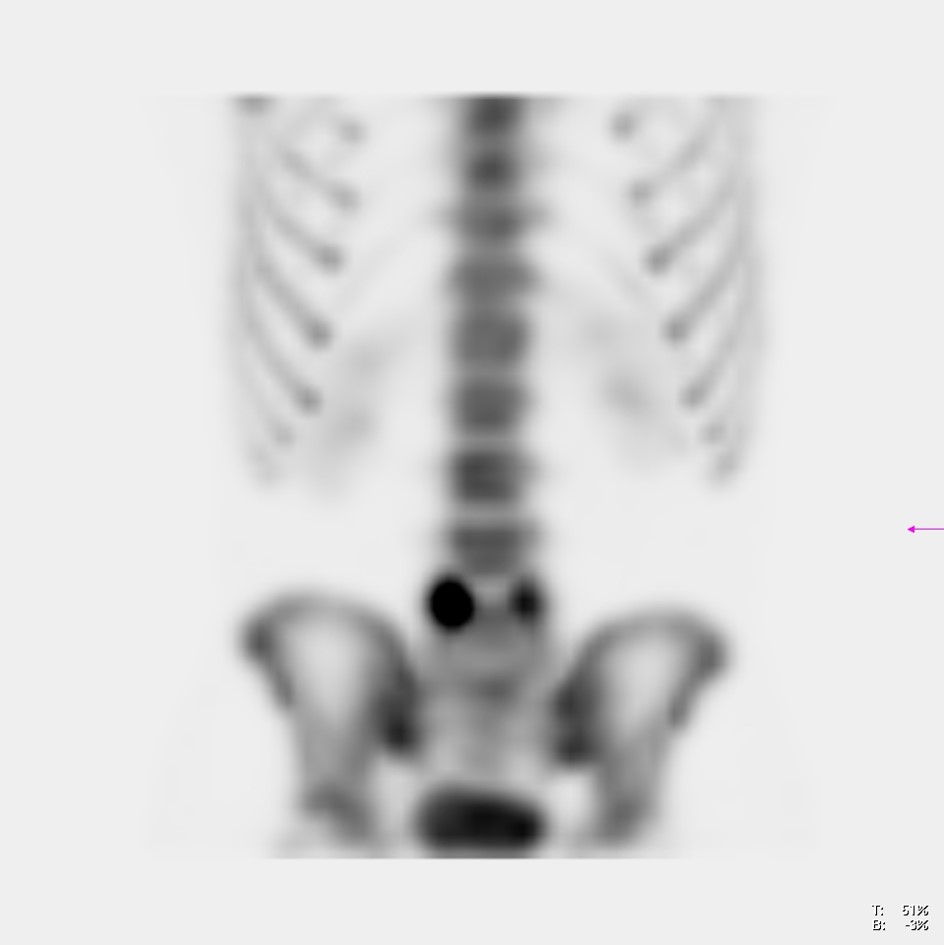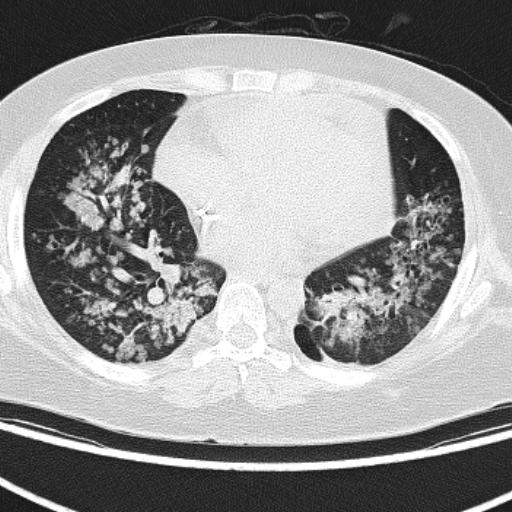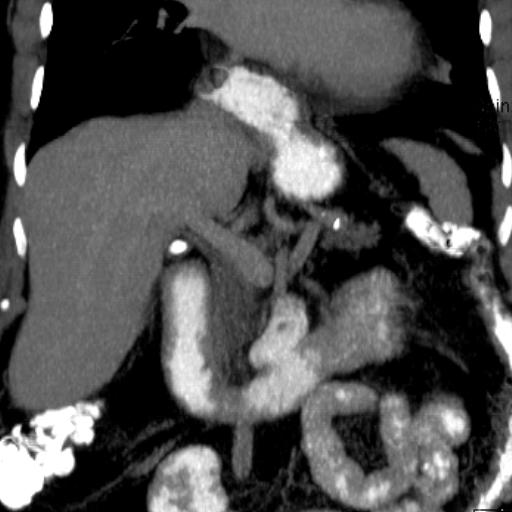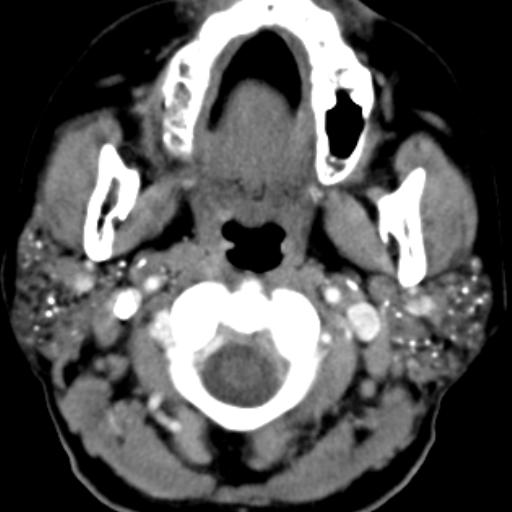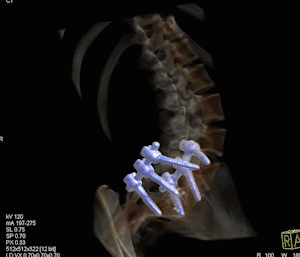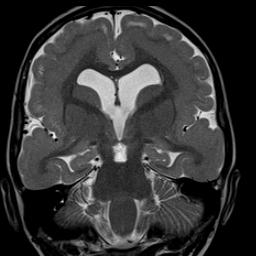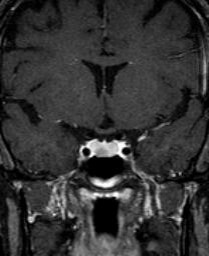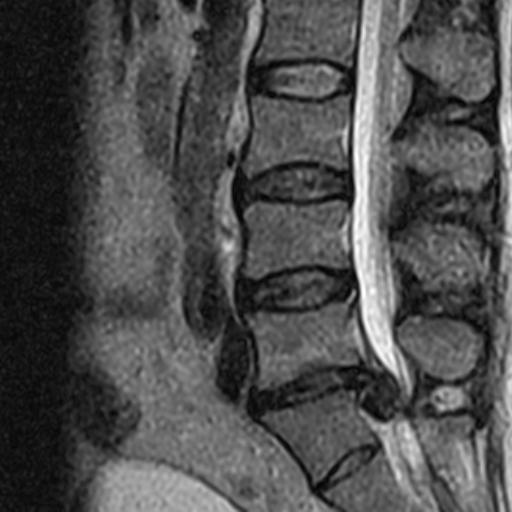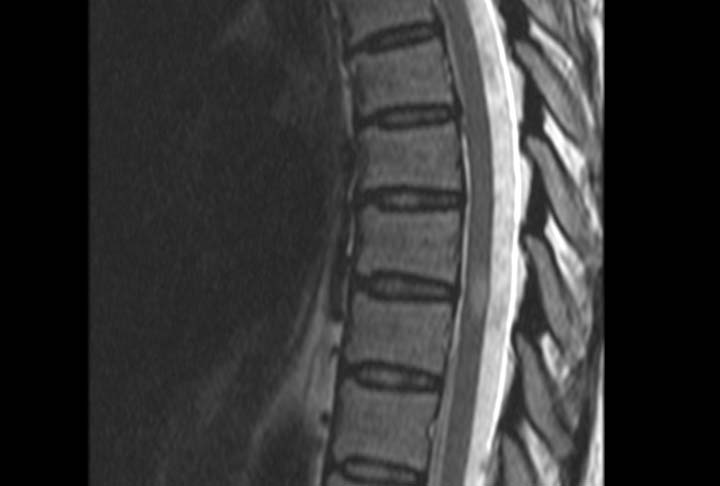MRI & MRA
Magnetic Resonance Imaging (MRI) noninvasively explores in exquisite detail, the structures inside the body helping to reach diagnosis of various conditions in a quick and accurate manner. Our MRI units have a magnetic field of 1.5 Tesla and large bore.
MRI Studies
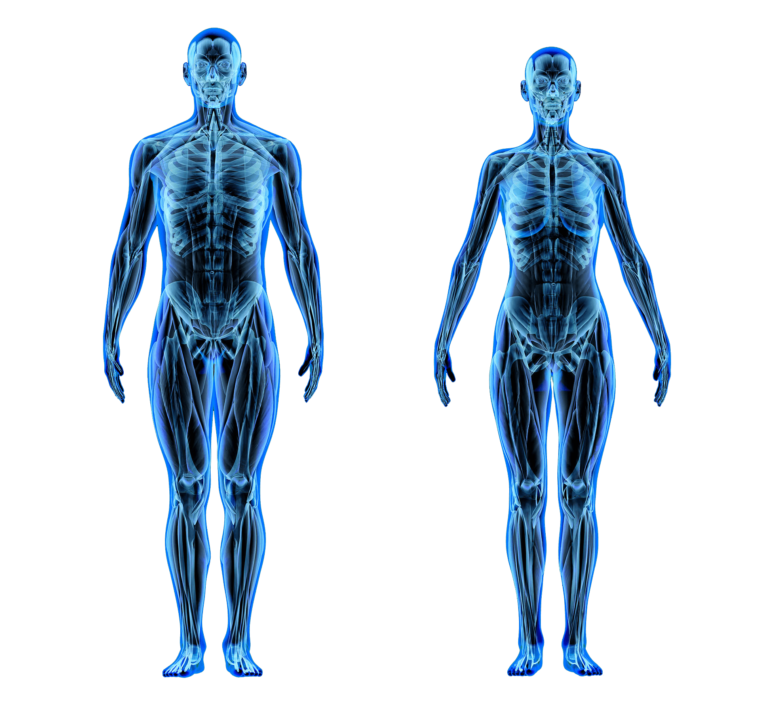
- Brain
- Orbits
- Paranasal Sinuses / Maxillofacial
- Neck
- Spinal Column & Spinal Cord
- Cervical
- Thoracic / Dorsal
- Lumbar
- Sacral
- Sacroiliac Joints
- TMJ (Temporomandibular joint)
- Prostate – Multiparametric Protocol
- Scrotum/Testicles
- Anorectal
Musculoskeletal Studies
- Upper Extremities (without and with IV
contrast when considering arthropathies)- Shoulder
- Forearm
- Elbow
- Wrist
- Hand
Musculoskeletal Studies
- Lower Extremities (without and with IV contrast
when considering arthropathies)- Hip
- Thigh
- Calf
- Ankle
- Foot
- Endometrium
- Vagina
- Anorectal
Body Studies
- Chest
- Breasts
Body Studies
- MRCP (Magnetic Resonance Cholangiopancreatography)
- Abdomen
- Liver
- Pancreas
- Adrenals
- Pelvis
Click on the dots to see which studies are done.
MRA Studies

- Brain
- Neck
- Spinal Column and Spinal Cord
- Cervical
- Thoracic/Dorsal
- Lumbar
- Sacral
- Sacroiliac Joints
- Musculoskeletal
- Chest
- Abdomen
- Liver
- Pancreas
- Adrenals
- Pelvis
- Lower Extremities
Click on the dots to see which studies are done.
MRA (Magnetic Resonance Angiography) refers to a study in which blood vessels are studied without the limitation of soft tissue superimposition. It represents the non-invasive version of an invasive conventional catheterization obtained on an MRI machine. Just like all magnetic resonance studies, MRA instead of using ionizing radiation uses magnetic fields and radiofrequency pulses.
The intravenous contrast used for MRA studies is gadolinium-based, not iodine-based, and is not nephrotoxic. However, in patients who have compromised kidney function defined as a glomerular filtration rate (GFR) of 30 or less, gadolinium-based contrast should only be used with the approval of a nephrologist when the potential benefits of the study outweigh the risks.
Both arteries (MRA) and veins (MRV) can be evaluated using different techniques.
Previous slide
Next slide
General Instructions
If your study requires the use of intravenous (IV) contrast:
- Your last meal should be no less than ONE hour before the study.
- A recent creatinine level of no more than six weeks is required for patients with one of the following: age 60 or older, hypertension, diabetes, or existing renal condition.
- The American College of Radiology (ACR) protocol requires a pre-medication regime for patients with a history of allergies to any IV contrast.
- A good hydration regime the day before the study as well as the day of the contrast media injection is highly recommended.
- Patients with compromised renal functionusually do not inject iodine-based contrast unless a dialysis session is planned to avoid problems related to intravascular volume.
- By definition, all CTA studies require the injection of intravenous (IV) contrast.
Weight Limit
440 Pounds. The weight must be corroborated at MEDFLIX with a weight scale that registers up to 500 lbs the day of the study.
Contraindications
- Patients with MRI conditional pacemakers can undergo scanning for those models that are designated by Medtronic, Boston Scientific, and St. Jude. Please contact our Communication Center for more information.
- Non MRI compatible intracranial aneurysm clips.
- Patients with metallic prosthetic material and biomedical implants must provide manufacturer documentation to verify compatibility.


